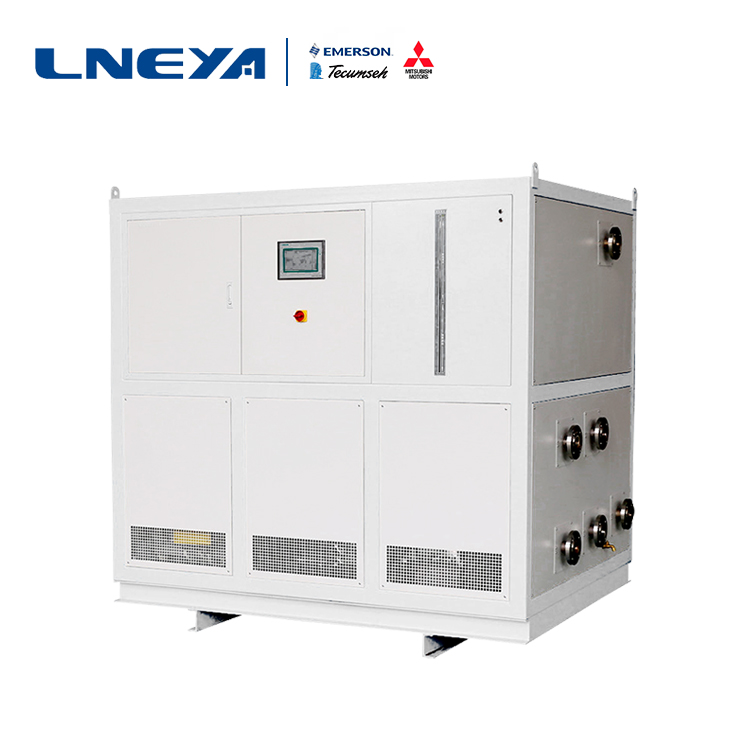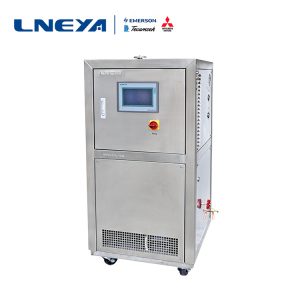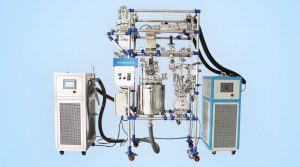¿Cómo se vacía el sistema de refrigeración del frigorífico criogénico?
Los usuarios de refrigeradores de temperatura ultrabaja encontrarán algunos problemas cuando no se utilicen durante mucho tiempo, como un rendimiento de refrigeración deficiente y un sonido fuerte. Estos problemas son más comunes, pero algunos sistemas de refrigeración necesitan estar muy por debajo...
Normally, in order to ensure the normal use of the cryogenic refrigerator, we will perform derusting and sewage disposal before installation. But even this will prevent some dirt such as welding slag, iron filings, and sand from remaining inside the system. Therefore, in order to prevent dirt from being damaged to some original parts such as a compressor, the problem of system piping blockage is avoided. The refrigeration system must be drained after installation.
Drainage work can be divided into pipe group, room unit, system layering or segmental sewage disposal. The general principle is that the dirt is blown clean without damaging the valves and other components.
In order to check whether the coil of the cryogenic refrigerator is clogged, a ball test can be performed. The diameter of the wooden ball used in the test should be smaller than the inner diameter of the pipe and larger than the radius of the pipe. The air in the gas tank can be blown in, and the flow is required to be unimpeded.
In the work of sewage discharge of the ultra-low temperature chiller, if it is found that the pipeline and the valve have obvious air leakage points, it is necessary to weld the welding or tighten the flange of the relevant valve in time. Avoid or minimize the valve to prevent dirt from damaging the seal line of the valve.
After the sewage discharge is completed: Remove the valve core and filter of all valves (except the safety valve). If the seal wire on the alloy or seat of the valve plug is found to be damaged, repair it and re-cast the alloy in severe cases. The steel spool or seat seal line is damaged and can be repaired by grinding.
I believe that everyone has seen the sewage technology of the cryogenic refrigerator system, we will definitely understand this maintenance and help you to use it better.
Recomendaciones relacionadas
-
5P hot and cold water machine installation instructions
1578The 5P hot and cold water machine is used in various industries and is used for cold treatment. So what problems do you need during installation and maintenance? If the 5P hot and cold water unit refrigeration compressor unit does not have vibrati...
Ver detalles -
¿Qué tipo de cámara de pruebas para baterías se encuentra en el laboratorio?
1266La aplicación de la cámara de pruebas de baterías en el laboratorio debe cumplir una serie de requisitos estrictos para garantizar la precisión y seguridad de los resultados de las pruebas. Estos requisitos se refieren principalmente a los siguientes aspectos:
Ver detalles -
CIPM China [C-48-2] welcomes new and old customers!
1962The 58th (Fall 2019) National Pharmaceutical Machinery & ChinaInternational Pharmaceutical Machinery Expo will be held at the Chongqing International Expo Center from November 5th to November 7th, 2019. It is recognized by the industry as prof...
Ver detalles -
Precautions for the use of explosion-proof single fluid refrigeration heating temperature control de
1620There are many types of reactors, and laboratory reactors are one of them. What is the point of attention of LNEYA reactor temperature control system-explosion-proof single-fluid refrigeration heating temperature control device? The temperature me...
Ver detalles
 LNEYA Enfriadoras industriales Fabricante Proveedor
LNEYA Enfriadoras industriales Fabricante Proveedor











![CIPM China [C-48-2] welcomes new and old custom... CIPM China [C-48-2] welcomes new and old custom...](https://www.lneya.com/wp-content/uploads/2023/05/2-5-300x125.jpg)


